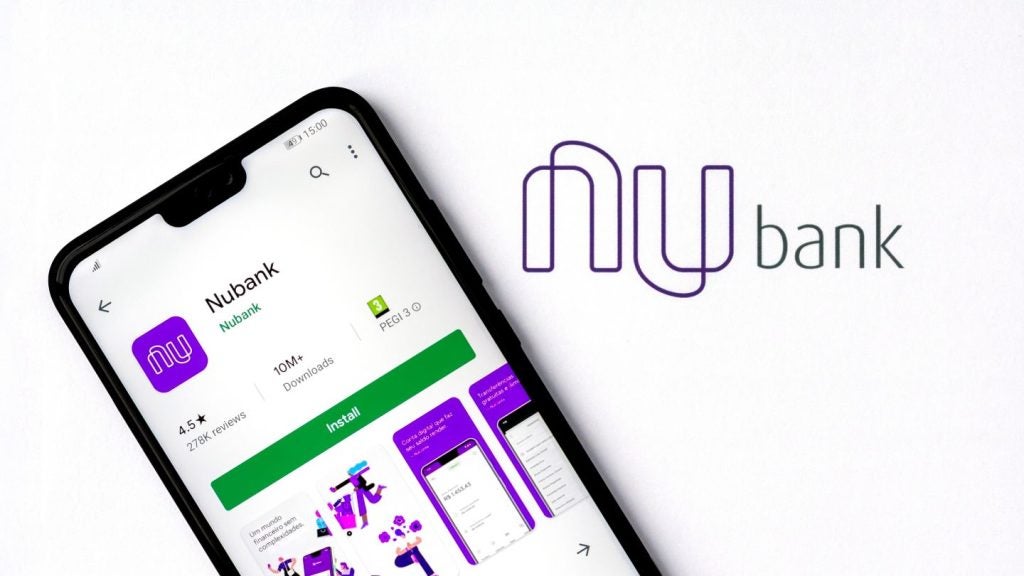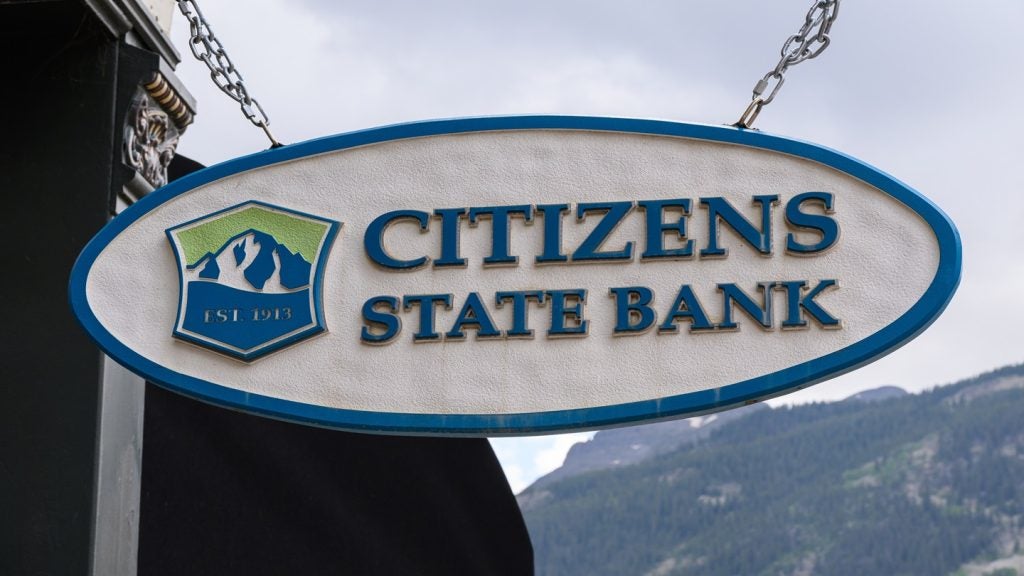India’s banks have recorded strong second-quarter
earnings, underlining again that the country is in the middle of a
financial services boom – in sharp contrast to other parts of the
world. The fear is that an asset bubble is developing in a
country with a low debt per capita ratio. Hugh Fasken
reports
India’s remarkable financial services boom continues apace, hinting
either at a country in the throes of real economic change – or one
in the middle of a dangerous credit bubble. The country
has largely avoided the economic turbulence of Western
economies, and even the ripples that affected other
Asian nations such as China and Singapore, to
become a retail banking hotspot.
State Bank of India, the country’s largest
bank, has said that it is optimistic about meeting its 22 percent
target for loan growth for fiscal 2010.
SBI’s chairman, OP Bhatt, said in a statement:
“We are seeing good demand for loans and going by the second
quarter’s performance we are optimistic that coming quarters will
be even better.”
SBI posted relatively weak second-quarter
results compared to previous quarterly earnings as well as those
from rival state-run and private sector institutions.


US Tariffs are shifting - will you react or anticipate?
Don’t let policy changes catch you off guard. Stay proactive with real-time data and expert analysis.
By GlobalDataThe bank recorded consolidated net profit –
which includes income from its six associate banks – up 28.29
percent to INR31.3 billion ($669 million) for the quarter-ended 30
September.
Standalone, SBI’s net profit for the quarter
went up 10.19 percent to INR24.9 billion, the slowest increase in
four quarters, according to a statement on the bank’s website.
Income from its associate banks increased to
INR14.27 billion, up 45.86 percent.
Earnings from fees and commissions for SBI
were up 58 percent to INR21.03 billion, while cross selling income
grew by 31 percent year-on-year.
On a group wide basis, home loans grew by
23.40 percent, car loans by 44.45 percent and education loans by
42.23 percent from September 2008 to September 2009.
Bhatt attributed the lower profit growth to
rising overhead costs due to branch expansion and higher provisions
for pension and wages.
SBI has undergone a huge branch and
distribution expansion programme over the past few years and now
totals 11,811 branches and 9,502 ATMs. These figures are being
expanded by 1,000 branches and 10,000 ATMs over the next two
years.
Other banks fared better than
SBI
Other banks fared much better than
SBI. Bank of Baroda’s second quarter net income jumped 60.43
percent to INR3.95 billion, for instance.
Canara Bank saw its net profit rise
by 72 percent to INR9.11 billion. Total deposits reached INR2.04
trillion, up by 19 percent, while net advances grew by 23 percent
to reach INR1.46 trillion.
More significantly for Canara Bank, net profit
for the first half of 2009 more than doubled to INR14.66 billion –
125 percent growth compared to a year ago.
Canara, like all banks in the country, is
currently expanding its domestic operation by substantially scaling
up its number of branches. It has already opened 128 during the
current financial year, meaning that the total number of branches
moved up to 2,806 as at September this year. The number of domestic
units is targeted to pass 3,000 by March 2010.
Canara is also pushing ahead with the
technology-led revamp of its distribution network.
The number of its branches now on its core
banking platform increased to 1,591, covering 87.5 percent of the
bank’s network. The number of branches offering Anywhere Banking
and Internet and Mobile Banking services expanded to 2,084 and
1,591 branches, respectively.
Leading private sector banks ICICI and HDFC
also reported strong earnings. HDFC, which is 11 percent owned by
US banking giant Citigroup, announced an interim net profit of
INR12.9 billion for the six months to 30 September, an increase of
30.4 percent on the corresponding figure for the six months to 30
September 2008.
The bank said total current and savings
accounts deposits rose by 28 percent year-on-year, with current
account deposits standing at INR32.2 billion and savings account
deposits at INR43.3 billion. The figures also represented a 15
percent increase on 30 June 2009 totals.
Gross advances rose by 14.8 percent in the
first half of the year, with retail loans standing at INR62.7
billion and constituting 54.4 percent of the total.
ICICI – profit up 76
percent
HDFC’s branch network rose to 1,506
versus 1,412 a year previous. In September, HDFC’s managing
director Aditya Puri told Retail Banker International his
bank would have 1,700 branches by March 2010 (see RBI 619).
He also told RBI at the time: “In today’s context,
foreign banks are not competition. Everyone wanted to bank with the
foreign banks but not anymore. We are considered safer, we have a
much better brand… The best days of the foreign banks in terms of
local businesses are behind them not only in India but also in most
parts of the [Asia-Pacific] region. Yes they will have 5 to 7
percent of the market but they’ll be very lucky if they can
increase market share as it will most likely go down. They have
nothing more to offer, they don’t have the same brand recognition,
distribution or the products.”
ICICI, India’s largest private sector player,
reported a 76 percent increase in consolidated profit after tax to
INR11.45 billion for the quarter ended September 30.
ICICI’s branch network stood at 1,520 as at
the end of October, though it has received a further 580 branch
licences from the Reserve Bank of India.
|
Performance |
||
|
State Bank of India – earnings |
||
|
Q210 vs Q209, % |
H110 vs H109, % |
|
|
Net interest income growth |
2.81 |
3.51 |
|
Fee income growth |
57.96 |
51.55 |
|
Other income growth |
50.45 |
49.44 |
|
Operating income growth |
17.12 |
18.03 |
|
Operating cost growth |
19.24 |
34.3 |
|
Operating profit growth |
15.31 |
4.33 |
|
Net profit growth (group) |
28.29 |
44.55 |
|
Net profit growth (standalone) |
10.19 |
23.58 |
|
Source: State Bank of India |
||







